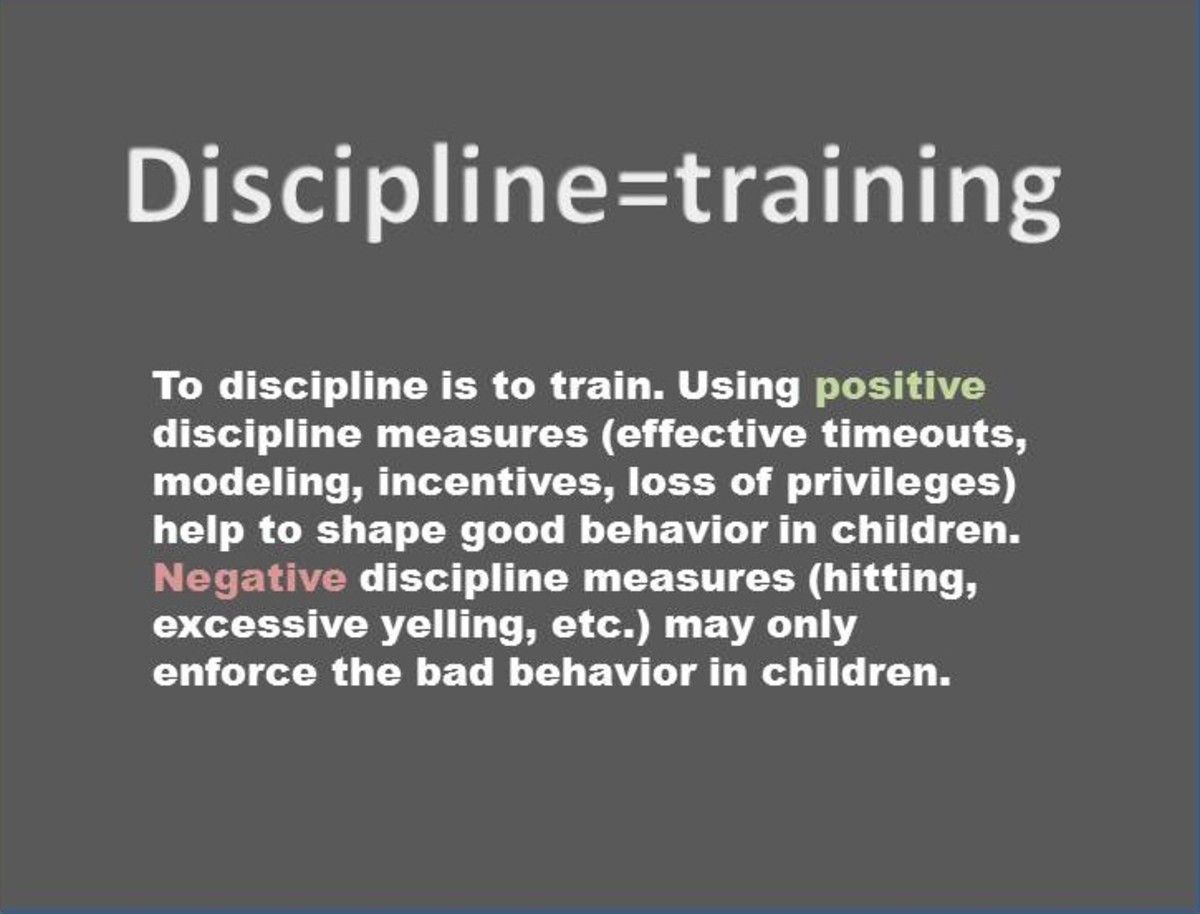How to be a Good Classroom Volunteer - 10 Tips and Rules

Have you volunteered to help in your child’s classroom? Here are ten tips for making it both fun for you and genuinely helpful for the teachers and children.
1. Clarify your role in advance.
First, remember that you have been invited to help because help is needed. You may be doing this because it’s fun—at least, it is for me—and it’s a rewarding personal experience, but your primary mission is to provide assistance. That may mean that sometimes you don’t get to do your favorite thing. So, guideline number one is to know what kind of help is needed.
Before you ever set foot in the classroom, talk with the teacher(s) and/or volunteer coordinator and find out what the job is. Is it an “up front” role, like reading a storybook or giving a presentation? Perhaps it is an equally important, but more background role, like washing dishes or cutting up apples. Will you be interacting with the children? Understand the nature of your duties. It may be that your role is to “do whatever is needed that day.” If so, great! Expect an adventure, and be prepared to take the trash out with a smile, if they ask for that.
2. Know and honor the schedule.
Before your volunteer day, confirm your expected arrival and departure time, put it on your calendar, and set a reminder—you don’t want to be the Mommy or Daddy that forgot it was volunteer day! When your day arrives, arrive on time. Arriving very early may not necessarily be helpful, and arriving late is very poor form. The teachers have plenty of other things to deal with (remember, your child is one of them), so make your arrival one thing that they don’t have to sweat. If you have arranged for a departure time, expect to leave at that time. Check with the teacher when your departure time comes up, and unless you are invited to stay longer, leave.
3. Notify your child in advance.
Prepare your child for your presence in the classroom. He or she may be psyched (in a good way) to have you there, but might also be a little psyched out (in an “off-my-game” kind of way). Let your child know how much you’re looking forward to sharing part of the day, and that his or her very best behavior is expected. “Your teacher tells me how nice you are in class. I’m so proud of you for that, and I’m looking forward to sharing time with you and seeing what a well-behaved Kindergartener you are.”
3. Dress appropriately.
Dress appropriately for the weather and the activity you will do. If the weather is cold, arrive in a coat, hat, and gloves; be a good example. This is not the time to wear your new high heels, short skirt, beer logo T-shirt, or camouflage hunting outfit, unless you’re a speaker and it is part of your “costume.” Don’t be a disruptive influence in the classroom by wearing something that will distract the little ones, or make them wonder why it’s okay for you to dress that way, but not them. Avoid clothing with adult graphics or slogans—this is just common sense. If you’re wondering what’s appropriate, ask the teacher. You might be helping with a messy art project; if so, casual, old clothes might be best. When in doubt, look up the dress code. If the children and/or teachers have a dress code, it might serve you well to abide by it yourself.
The great books shown above are available for the Kindle!
4. Still, dress to impress.
As long as your clothing is appropriate for the age group and the activity, don’t be afraid to incorporate elements that will capture the interest of the children. For Kindergarteners, this might be as simple as a hair clip shaped like a butterfly, or a pretty scarf. For older children, you might consider wearing something related to their studies. If you know the children in 4th grade are studying India, you could wear something made with beautiful Indian fabric. If the 6th graders are studying science, that T-shirt with Einstein’s picture might be just the ticket. Know your audience.
5. Bring a positive, peaceful attitude.
Bring with you your most positive energy and a sense of calm. Even if your role will be physically active (maybe you will be leading a nature walk or demonstrating the hula-hoop), your peaceful energy will help to maintain a constructive learning atmosphere. Leave your adult stresses outside, and get yourself ready to be in a Kindergarten (3rd grade, etc.) state of mind.
6. Follow the rules.
Be aware of what kind of behavior is acceptable from adults and children in the class. Adhere to the rules, just as your children must. These will vary from school to school and classroom to classroom. Follow the teachers lead on this, and use common sense. Gum chewing wasn’t allowed when you were a kid, and it probably isn’t now. Raise your hand if you want to talk, don’t interrupt others, and let someone know if you are heading out to the bathroom.
Another Great Book
7. Follow the teacher's lead.
If you don’t know what you’re doing, ask the teacher. If you are struggling with how to best help, just ask—it is better to be on the same page. Remember that the teacher may not be able to communicate with you aloud at any given moment, for a variety of reasons, but you can watch for signals. If the teacher is encouraging the children to be quiet and still, don’t rile them up with rowdy play. If the teacher is sending children to you with questions, answer them.
8. Jump through the hoops.
Most schools have some special requirements for their volunteers. Research these requirements and make sure all of the boxes are checked before your first volunteer day. Get fingerprinted and/or TB tested, if needed. Sign in or check in at the office if required. Notify those who might need to reach you that you’ll be volunteering, so that you may be contacted in the event of an emergency. Why? Because your cell phone will not be ringing while you are in the classroom. (See #10 below.)
9. Do your job well.
Your classroom volunteer time is an amazing opportunity to be a good role model, for you child and others. Show them what it means to do a good job and to work with a positive attitude. Take your responsibilities seriously, and perform them to the best of your abilities.
Your dedication can help the teacher focus on his or her priorities in the classroom and can enrich your child’s experience. Your time in the classroom might even help you come up with some great ideas for improvements. Remember, though, that it’s the teacher’s room, that things are done certain ways for certain reasons, and that he or she needs to maintain authority and control of the room. If you can think of a better way to do something, do suggest it, but do it outside of the classroom time.
10. Be Present.
Arrange for your time in the classroom to be uninterrupted by work or other outside distractions. For that hour or two, allow yourself to forget about other responsibilities you may have and let yourself be fully present and focused. The teacher and the children deserve not only your most positive, peaceful self, but also your full attention. Before you enter the classroom, turn that mobile phone off. Being in the moment will help you to be most attuned to what’s needed from you, and will allow you to experience the wonder and joy that a room full of children can bring. Enjoy it! If you enjoy being there, the teacher and children will be more likely to enjoy having you there. Think about how good you will feel when your child comes home and says, “I really like it when you visit our class.”






